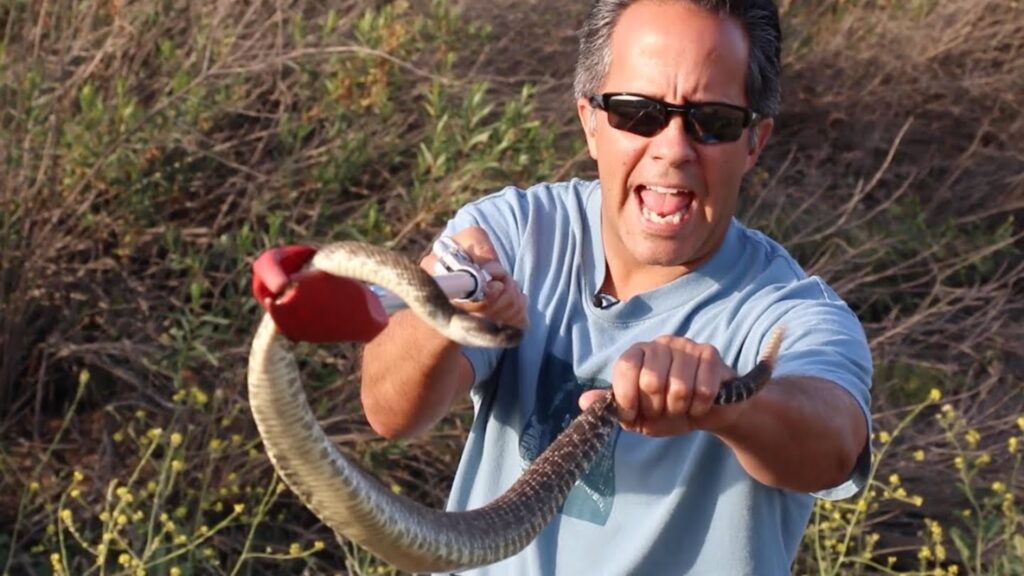
South Dakota’s natural beauty is undeniable, from the rugged landscapes of the Badlands to the lush Black Hills. However, it’s also home to the prairie rattlesnake, the state’s only venomous snake. These creatures thrive in specific regions, often startling hikers, campers, and outdoor enthusiasts. This article explores five of the most rattlesnake-infested areas in South Dakota, with practical advice on staying safe and understanding these reptiles’ behaviors.
1. The Black Hills
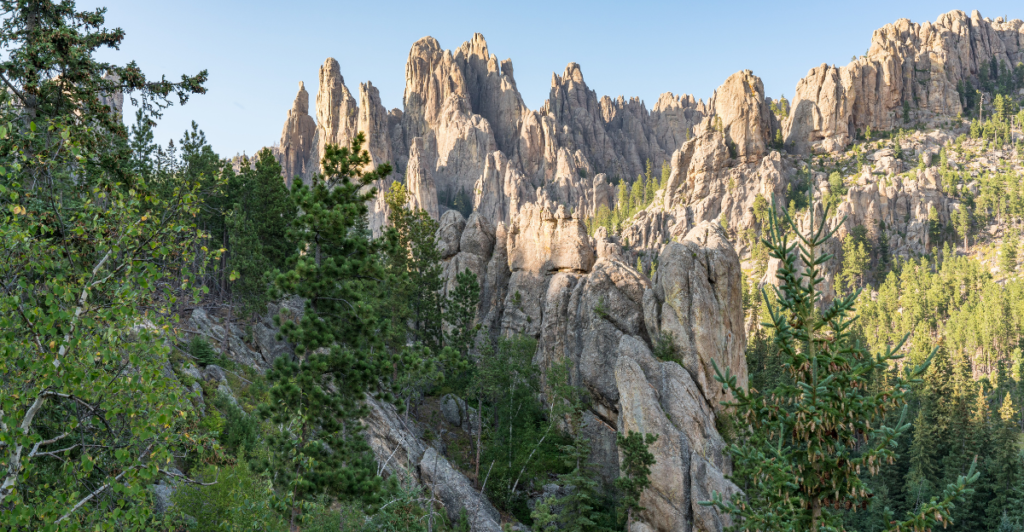
The Black Hills are renowned for their dense forests and rocky terrains, which provide perfect habitats for prairie rattlesnakes. These snakes prefer warm, dry areas and can often be spotted sunning themselves on rocks or near trails. The mix of hiking trails and wilderness increases the likelihood of encounters, especially during warmer months. Visitors should tread carefully, avoid stepping into tall grass, and always check areas before sitting down. Carrying a snakebite kit when exploring this region is a good precautionary measure.
2. Badlands National Park
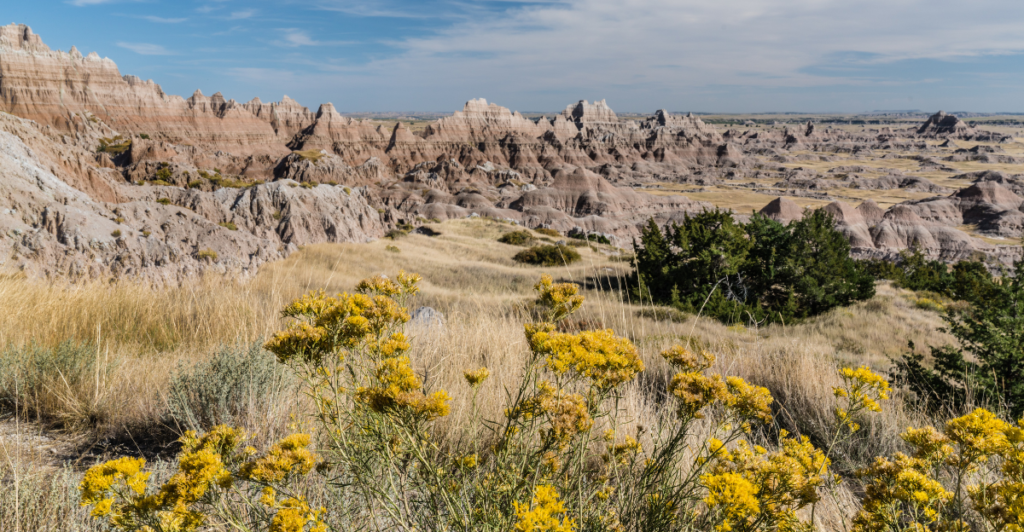
Badlands National Park’s unique landscape of steep canyons and grassy areas is a haven for rattlesnakes. They blend seamlessly into their environment, making them hard to spot. During the summer, they are most active in the mornings and evenings. Hikers are advised to stay on marked trails and use trekking poles to probe the ground ahead. Camping in designated spots and avoiding rocky outcrops where snakes might hide can help ensure a safer visit to this breathtaking park.
3. Missouri River Valley
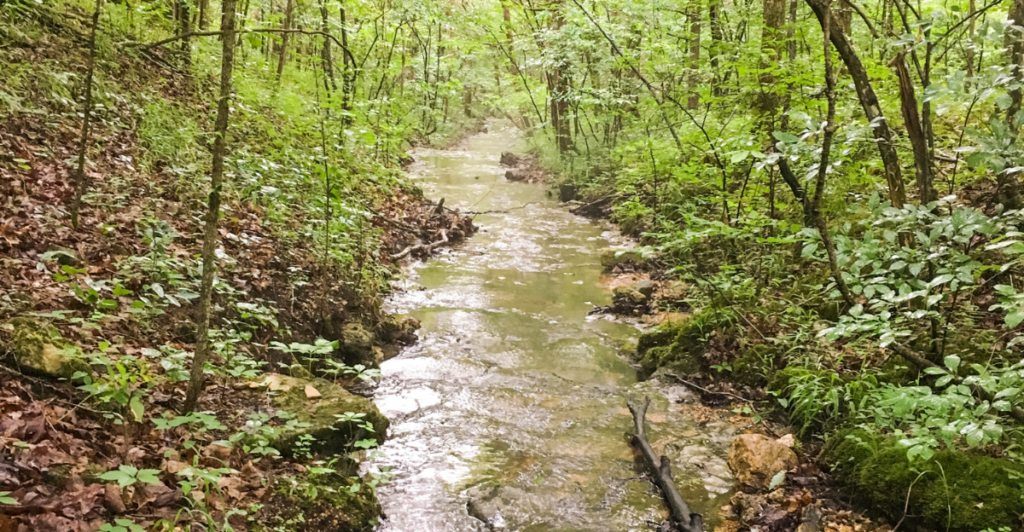
The Missouri River Valley, with its mix of water sources and grassy areas, attracts a wide variety of wildlife, including rattlesnakes. These snakes often inhabit rocky riverbanks and nearby bluffs, where they hunt rodents. Fishermen and campers should remain vigilant, particularly around dusk when rattlesnakes are more active. Always check your campsite and avoid placing hands or feet where visibility is limited. Wearing snake-proof boots can provide an added layer of protection in this area.
4. Custer State Park
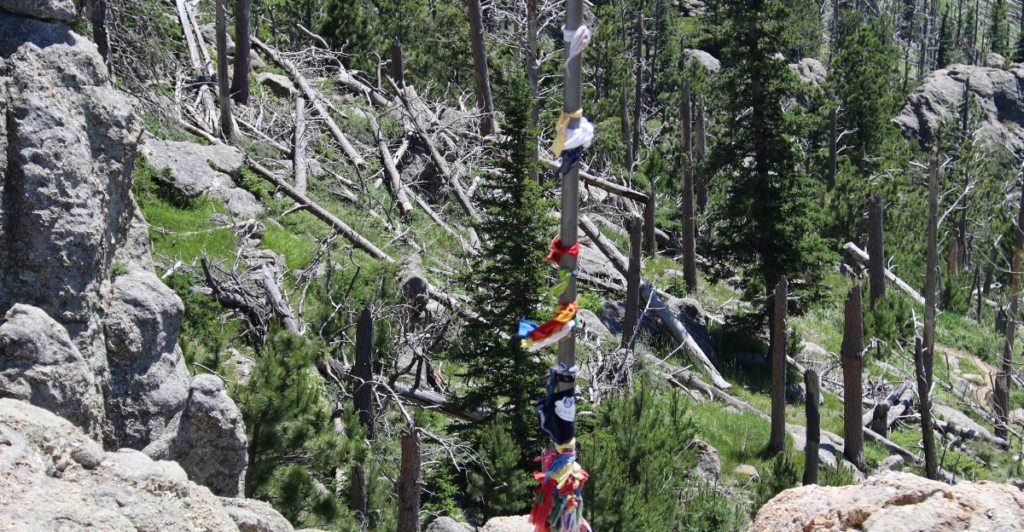
Custer State Park’s picturesque hills and rolling plains are not just home to bison and elk but also to prairie rattlesnakes. These reptiles are most commonly found in rocky areas and near streams. The park is a favorite spot for hikers, so awareness is essential. Visitors are encouraged to stick to trails, avoid handling any snakes, and respect the local wildlife. If you hear a rattling sound, calmly move away to avoid confrontation with the snake.
5. Grasslands of Western South Dakota
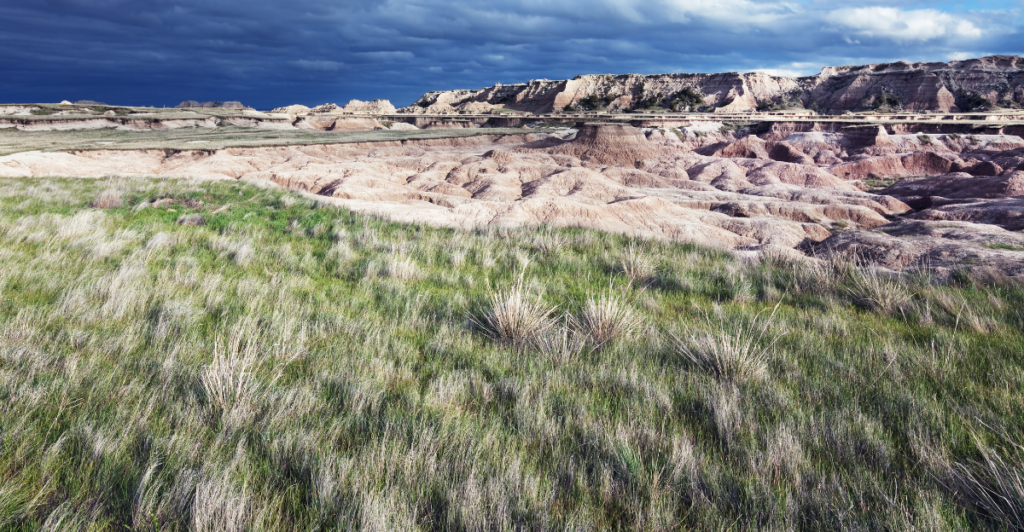
Western South Dakota’s vast grasslands provide an ideal habitat for rattlesnakes. The open spaces support an abundance of rodents, a primary food source for these snakes. Ranchers and farmers in this area often encounter them, especially in the summer. Keeping grass trimmed around homes and outbuildings can reduce the chance of snakes venturing too close. Wearing protective clothing and using caution when working in areas with dense grass or brush can minimize risks.
6. Hiking Trails in Wind Cave National Park
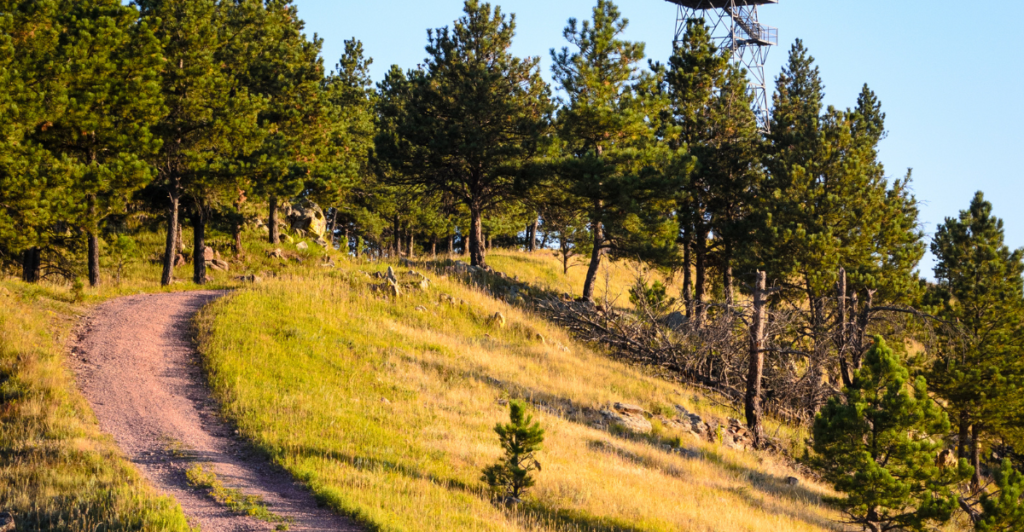
Wind Cave National Park features a mix of grasslands and forested hills, both of which are prime habitats for prairie rattlesnakes. Trails such as the Rankin Ridge Trail are popular but require hikers to remain alert. Rattlesnakes are masters of camouflage, making them easy to overlook. Staying on designated paths, keeping pets on leashes, and avoiding areas with dense vegetation can help prevent encounters.
7. Rocky Outcrops in Hot Springs
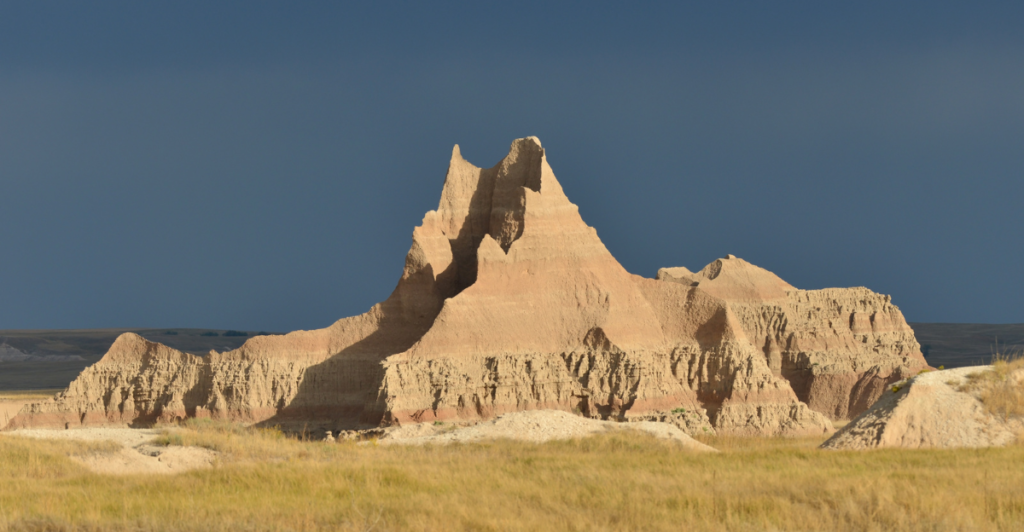
Hot Springs, a charming town in southern South Dakota, is surrounded by rocky outcrops and hills that are prime snake habitats. Prairie rattlesnakes thrive in these conditions, often hiding in crevices. Residents and visitors should check their yards and gardens regularly and seal any gaps in outdoor structures. While exploring nearby trails, always carry a flashlight for evening hikes, as snakes may be more active in cooler hours.
8. Buffalo Gap National Grassland
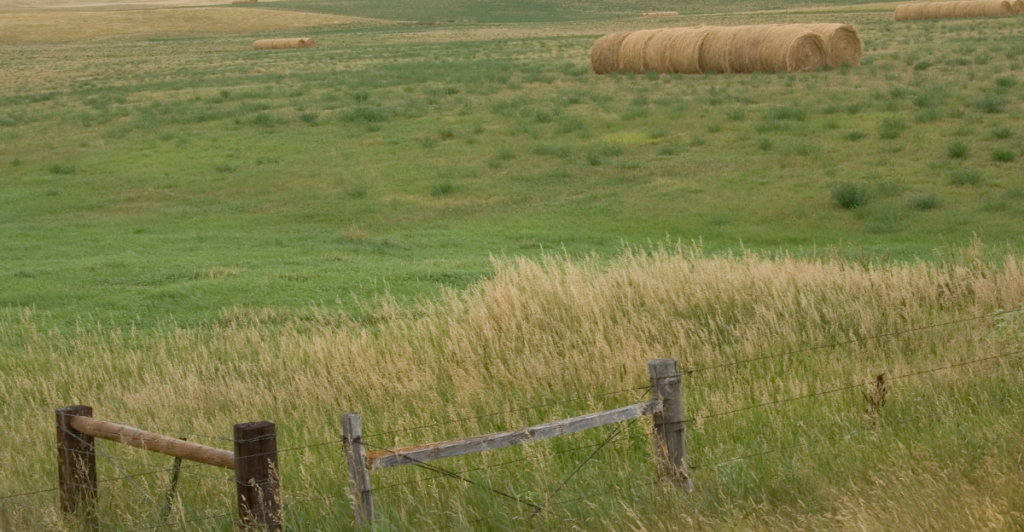
Buffalo Gap National Grassland is a sprawling area where prairie rattlesnakes are commonly found. The open terrain is perfect for these predators, allowing them to hunt rodents undisturbed. Hikers should wear high-top boots and avoid venturing off-trail. The grassland’s expansive views are breathtaking, but a cautious approach ensures your experience remains safe and enjoyable.
9. Spearfish Canyon
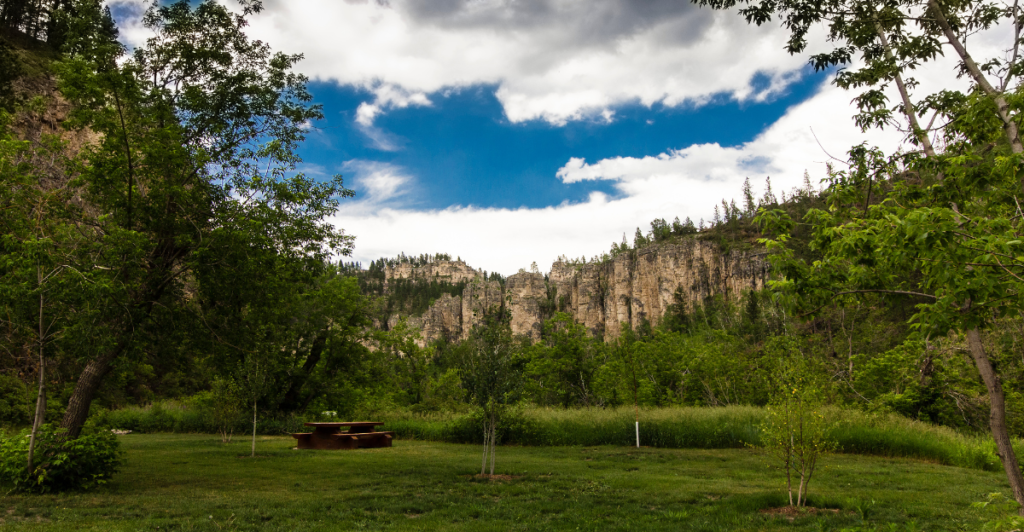
Spearfish Canyon is a scenic destination that attracts adventurers and nature lovers. While its lush greenery and waterfalls captivate visitors, the area is also known for its rattlesnake population. The combination of shaded trails and rocky surroundings makes it a suitable home for these reptiles. Keep an eye out for snakes basking in the sun and avoid disturbing them. A walking stick can be useful to test the ground ahead while hiking.
10. Oglala National Grassland
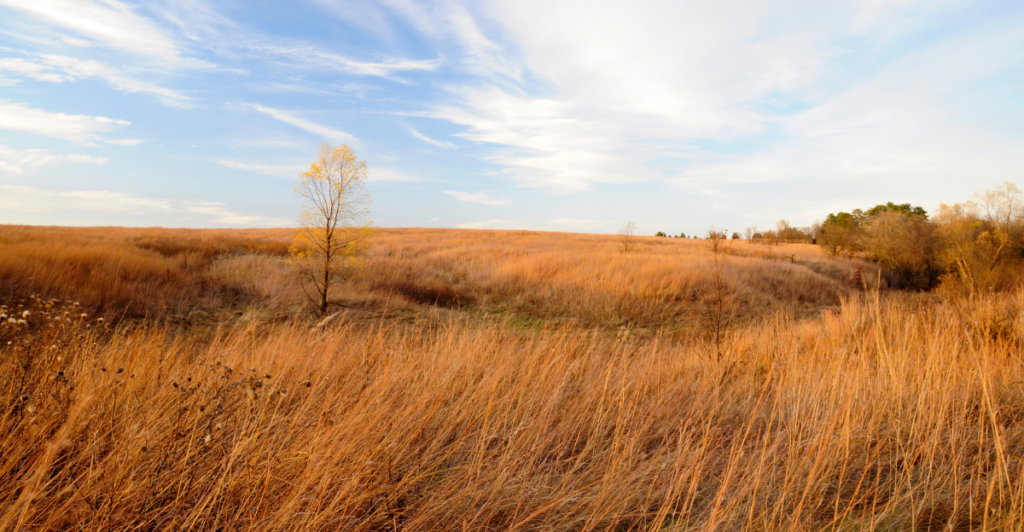
Oglala National Grassland, located near the Nebraska border, is another area where prairie rattlesnakes are abundant. The grassland’s mix of prairie and rocky areas provides the ideal environment for these snakes. Visitors are advised to wear protective gear, avoid tall grass, and inspect picnic areas before settling down. Educational materials about rattlesnakes are often available at visitor centers, making it easier to identify and avoid them.
11. Pine Ridge Reservation
The Pine Ridge Reservation, with its diverse ecosystems, supports a variety of wildlife, including rattlesnakes. These snakes often inhabit the region’s rocky outcrops and grassy areas. Residents and visitors alike should exercise caution when walking in snake-prone areas, especially during the early morning or late afternoon. Keep a first-aid kit handy and familiarize yourself with local emergency services in case of a snakebite.
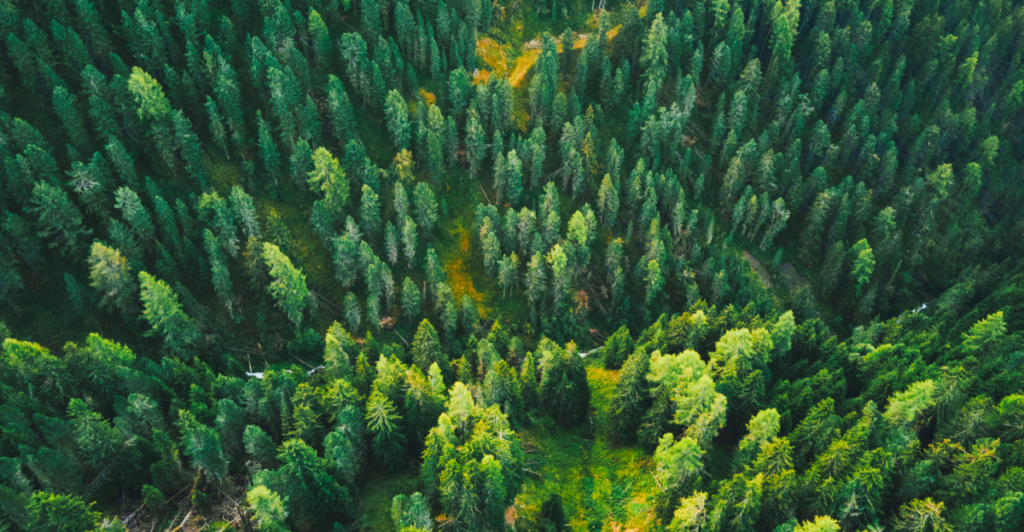
12. The Cheyenne River Basin
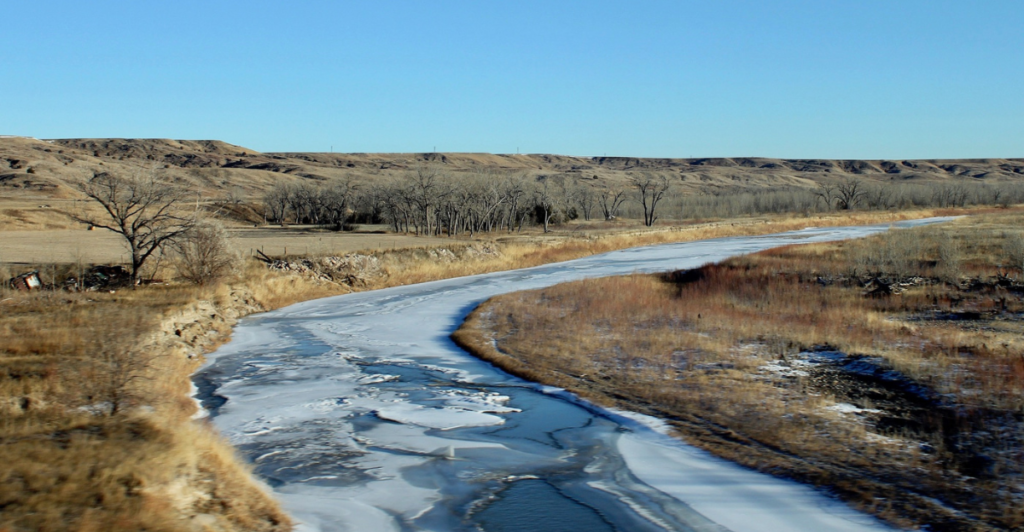
The Cheyenne River Basin, with its winding waterways and surrounding grasslands, is a hotspot for rattlesnakes. The snakes are often found near water sources, where they hunt for prey. Visitors should remain vigilant when fishing, camping, or hiking in this area. Using snake repellents around campsites and keeping food secured can deter snakes and their prey, reducing the likelihood of encounters.
13. Snake Safety Tips
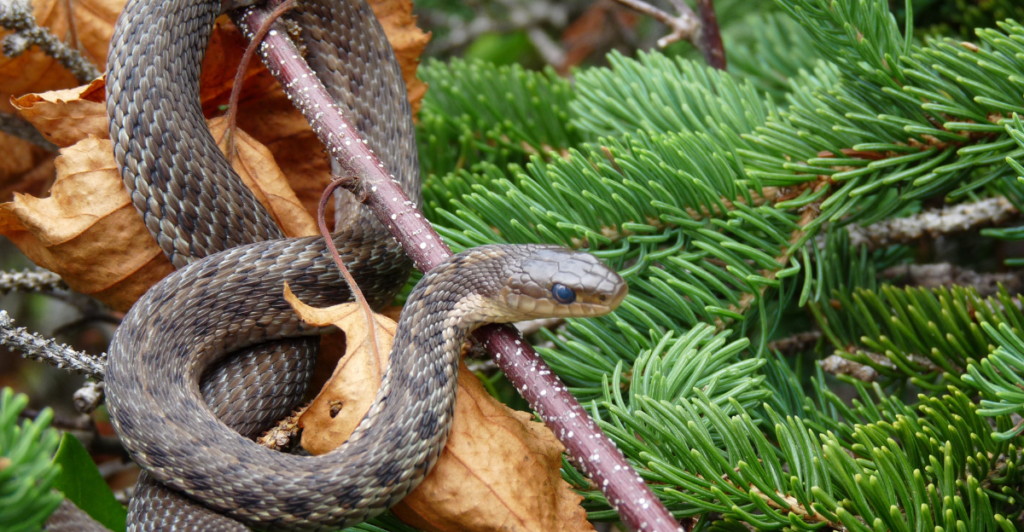
Understanding snake behavior is crucial for staying safe. Prairie rattlesnakes are generally non-aggressive and prefer to avoid humans. If you encounter one, remain calm, back away slowly, and do not attempt to handle it. Always wear protective footwear in snake-prone areas and educate yourself on identifying rattlesnakes. Carry a snakebite kit when hiking and know the location of the nearest medical facility in case of emergencies.
Discover more of our trending stories and follow us to keep them appearing in your feed

Top 10 Largest Domestic Cat Breeds by Weight
Massive Ice Age Animals That Once Roamed North America
How the World’s Largest Brown Bear Ended Up in Alaska – The Kodiak Bear Story
Scientists Discover Signs That Dogs Are Entering a New Phase of Evolution
Stay connected with us for more stories like this! Follow us to get the latest updates or hit the Follow button at the top of this article, and let us know what you think by leaving your feedback below. We’d love to hear from you!







